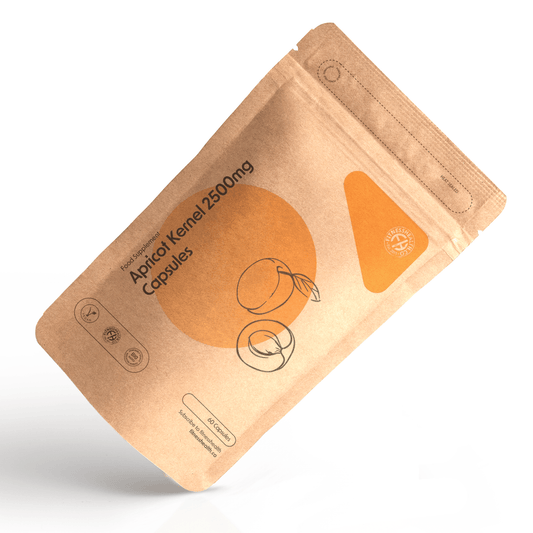
If you’ve spent any time in the gym, you’ve likely heard about interval training and all of its benefits. For instance, it can help you burn more fat, build more muscle, boost your metabolism, and strengthen your heart. What makes this type of training so effective? The answer to this question lies in understanding how short interval training actually works.
For starters, by engaging in short bursts of intense exercise (usually lasting around 30 seconds each) followed by lower intensity spurts (60-120 seconds), your body cannot adapt to your workout. This means that it is constantly working harder and harder in order to supply the energy you need for your exercise sessions.
The end result of this is ultimately a higher metabolism. This helps you burn more fat and enjoy higher levels of fitness, even though your interval training sessions are generally much shorter than traditional workouts—typically only lasting about 20 minutes each.
Another fat burning advantage offered by short interval training is the fact that it has been found to increase levels of fat oxidation, not only during the workout itself, but also long after you’ve left the gym and resumed normal, everyday activities. This keeps your body in fat burning mode for longer periods of time, making it easier to lose any extra weight, whether 10 pounds or 100.
Also, since you are pushing your muscles to their limits during the high intensity interval periods, this helps boost their strength. This not only results in higher levels of muscle mass, but also greater muscle speed. It is the same type of effect that you get when HITT training doing sprints or other exercises characterized by short bursts of intensive energy.
Adding short interval training into your current exercise regimen can produce a lot of advanced physical results due solely to the effect it has on your body. And now that you are aware of how it works, you can add it to your routine intelligently in order to gain all of its positive results.







